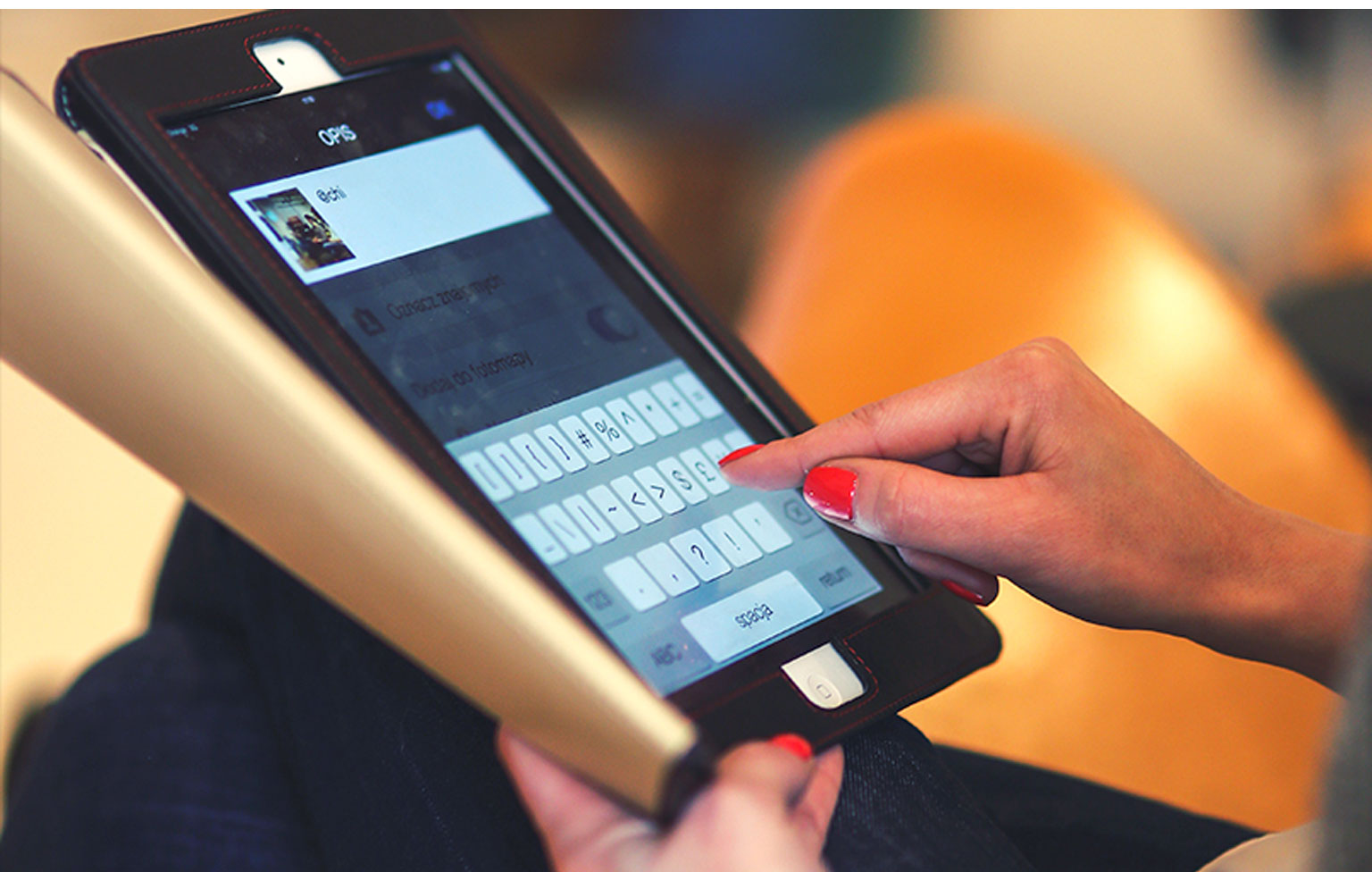Published by
Web content accessibility (provisions for equal access and opportunity to people with disabilities) has been standardized for several years. But since 2014, users prefer to access the web via mobile rather than desktop computers. Yet accessibility standards for mobile are not as clearly defined as they are for web. You can guess where we’re going with this—mobile developers must work toward standards in mobile accessibility by designing mobile experiences, as well as mobile web, with everyone in mind.
We call this responsible design, which includes considerations for motor functions (addressing tap/touch features), vision (accounting for low or complete lack of vision), hearing (accommodating varying levels of hearing loss), and learning (addressing dyslexia and autism, among other concerns). Because Bottle Rocket mobile and connected device experiences reach millions of users, we’ve put a lot of thought into responsible design.
Bottle Rocket’s VP of Experience Design, Michael Griffith, outlines what we bring to our clients’ projects: “Here at Bottle Rocket, we often talk about responsible design. That means we go the extra mile to ensure the things we are building are on brand, scalable, responsive, usable, and accessible. As responsible designers, it’s our duty to deeply understand accessibility and be empathic to all users.”
Google said it best in their Android accessibility panel at this year’s I/O—accessibility features benefit all users, not just those with a disability or accessibility need. Yes, these features are designed to be a life-changing benefit, allowing the disabled to easily connect to friends and family with their mobile device. But accessibility features can also help able-bodied users use their touchscreen effectively while they are occupied with other tasks. And now that toolkits for engineers have even more accessibility options built in (as we learned yet again from this year’s WWDC and Google I/O event), responsible design is easier than ever.
Google announced new features and APIs focused on accessibility, including fingerprint sensor gestures, an accessibility shortcut, a continuous gesture API, and new ways to test accessibility, among many other updates.
This year’s WWDC included a call to all app developers to provide more accessibility in their experiences. Apple’s mobile operating systems can do a lot to accommodate in these areas, but apps are core to their platform experiences and must be accessible. Now iOS features new assistive functions and APIs to help developers create accessible apps more simply.
Accessibility is so important at Bottle Rocket that we’ve built accessibility standards into the whole of our business operations, from development to QA.
Michael Hubbard, Bottle Rocket’s Director of iOS Engineering, explains our approach on the development side: “Our standard development process includes designing and coding to Apple and Google’s accessibility programming guides. This means leveraging the accessibility APIs and tools provided by Apple and Google, which provides for a certain level of accessibility support with minimal development overhead.”
XD designers who work with clients should be utilizing accessibility APIs for responsible design that ensures no user is marginalized. With the latest Android and iOS updates, there are fewer excuses for a lack of responsible design. At Bottle Rocket, accessibility is our default, and we think it should be that way for every developer. The more connections we can create for every person, the better.
As responsible design becomes more important to our business, we’re taking extra steps to stay ahead of the game and augment our processes to make our experiences more accessible. Expect more from Bottle Rocket on accessibility in the future.
Want to learn more about accessibility? Start the conversation at [email protected].




